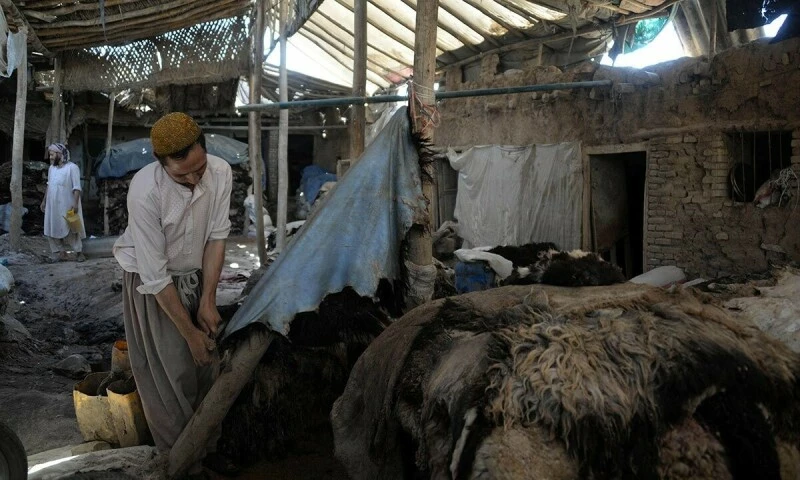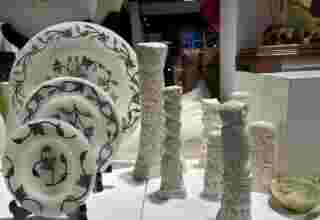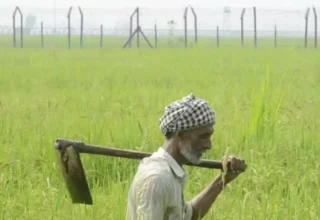WEB DESK, July 11(ABC): Every year at Eidul Azha, there used to be a difficult question that was asked of anyone who was sacrificing an animal. It did not matter whether you had sacrificed a cow, an oxen, a goat or a sheep, the ultimate question was: what do you do with its hide?
Most people used to donate the hides to charities of their choice. Some political parties also used to collect the hides to fund their operations. With millions of animals sacrificed in the three days of Eidul Azha, it is the single largest event to collect hides which power the country’s leather industry.
The hides were then sold to merchants who would further sell them to tanneries who treat the hides and turn them into leather, a raw material for the production of leather products such as shoes, bags, jackets, gloves, belts, and other accessories such as wallets.
In fact, Pakistan is one of the major manufacturers of hides and leather in the world and it is counted as one of the three major exports of the country along with cotton and its products and rice, with the troika accounting for 69.9% of all exports.
According to the survey of Pakistan, last year, after the novel coronavirus (Covid-19) restrictions were lifted, leather – tanned hides – and manufactured products – garments, shoes, gloves, accessories – saw remarkable growth.
In terms of quantity, it grew by 49.6%, while in terms of value, exports grew by 36.3%.
“The leather industry witnessed a steady recovery on account of prudent government policies and significant relaxations in lockdown at various export destinations,” the Economic Survey for the fiscal year 2021-22 read.
But with Covid still gripping the industry at the start of the last fiscal year, when Eidul Azha was celebrated, prices had plummetted.
Last year, skins of cows and oxen were priced at Rs550 per skin. While skins for smaller animals such as goats and sheep were priced at Rs50 and Rs100 respectively.
The prices were so low that it did not merit the effort to even recover the cost of going door-to-door to collect skins.
Many people opted to voluntarily seek out charitable organizations or others who would take skins and donate them.
But the situation has changed drastically this year.
Better exports mean that skins are in demand and prices have soared ahead of Eidul Azha.
Administration officials at a major religious seminary, who did not wish to be named since they were not allowed to speak to the media, said that they have received quotations of as high as Rs2,500 for the hide of cows, oxen or buffaloes.
Officials at another religious seminary corroborated this figure, suggesting they had received slightly better quotes at Rs3,000.
However, an organizer at a large welfare organization said that they had received slightly lower quotes at Rs2,000 for a hide.
Former Pakistan Tanneries Association chairman Abdul Salam too confirmed that prices of animal skins are expected to rise this year.

























